Nuclear Energy
3/1/25
Overview
As society faces increased challenges associated with climate change caused by the consumption of fossil fuels, some experts are arguing that nuclear energy offers a reliable and plentiful source of zero carbon energy. Nuclear power, however, presents its own challenges, including a history of accidents at Chernobyl, Three Mile Island and Fukushima Daichi. Join Active Minds as we evaluate the pros and cons of this controversial source of energy.
Key Lecture Points
- The ability to control nuclear fission reactions is one of the great technological achievements of the 20th century. After WWII under the Atoms for Peace Program, nuclear technology was privatized, giving rise to the nuclear power industry. In a nuclear power plant, when a uranium atom is separated into two lighter atoms, massive energy is created. This nuclear energy (lower in level than that used in a weapon) is then used to heat water to drive a turbine generator which in turns creates electricity.
- Because it does not release carbon dioxide, nuclear power has great potential to reduce greenhouse gas emissions and slow the rate of climate change. But nuclear energy does present its own problems. The biggest drawbacks to nuclear power is risk, particularly after accidents like those at Three Mile Island, Chernobyl (30 years ago, as of 2016) and Fukushima Daiichi (five years ago). As a result of these accidents, the cost of building a nuclear plant has steadily increased due to the need for redundant and complex safety features, as well as enhanced security after 9/11.
- Worldwide, there are about 440 commercial nuclear power reactors operating in 31 countries. These plants provide over 11% of the world’s electricity. France gets more than three-quarters of its electricity from nuclear energy. The US gets almost one-fifth of its electricity from nuclear energy.
- Nuclear energy presents the problem of disposing of nuclear waste which remains radioactive for lengthy periods of time. Debate continues in the US over the proposal to build an underground repository for the US’s nuclear waste at Yucca Mountain, Nevada.
Discussion Questions
- What are the pros and cons of nuclear power?
- What are the major challenges facing the nuclear power industry?
- Do you think the US should rely more or less on nuclear power? Why? Why not?
- Would you be comfortable living near a nuclear power plant or waste disposal facility? Why? Why not?
More to Explore
- Basics of nuclear energy Click here
- Info on nuclear energy Click here
Books for Further Reading
- Pohl, Frederik. Chernobyl. TOR Books, 2014. 363 pages. 9780765375964. This novel brings alive the story of the workers and technicians who were at the Chernobyl power plant when disaster struck, setting off the world’s worst nuclear accident. Using fictional characters, the author closely follows events as documented in the Soviet press, Moscow’s unusually candid 1986 report to the International Atomic Energy Agency and eyewitness accounts.
- Adam Higginbotham, Midnight in Chernobyl: The Untold Story of the World's Greatest Nuclear Disaster. Published Simon & Schuster, 2019. 560 pages. Higginbotham’s definitive, years-in-the-making account of the Chernobyl nuclear power plant disaster—and a powerful investigation into how propaganda, secrecy, and myth have obscured the true story of one of the twentieth century’s greatest disasters.
- Richard Martin, SuperFuel: Thorium, the Green Energy Source for the Future. St. Martin's Press, 2012. 272 pages. A riveting look at how an alternative source of energy can revolutionize nuclear power, promising a safe and clean future for millions, and why thorium was sidelined at the height of the Cold War. The award-winning science writer Richard Martin introduces us to thorium, a radioactive element and alternative nuclear fuel that is far safer, cleaner, and more abundant than uranium.
- Rauli Partanen and Janne M. Korhonen, The Dark Horse: Nuclear Power and Climate Change. National Library of Finland, 2020. 296 pages. Nuclear is surrounded by colorful rhetoric, politics, fear and fearmongering, click-bait scandal-headlines and mental images of dangerous radiation and catastrophic accidents. But how much of this is warranted? This book takes a serious look how the climate change mitigation is progressing, what needs to be done, and how nuclear has helped in the past, and can help us in the future.
- Casey Bukro, Higher Power: An American Town's Story of Faith, Hope, and Nuclear Energy. Agate Publishing, 2023. 448 pages. After multiple high-profile accidents and meltdowns, power plant workers, finding themselves the subject of public opposition, became leery of reporters. But one plant in Zion, Illinois, just forty miles north of Chicago, allowed unrestricted access to one journalist: the Chicago Tribune’s Casey Bukro. Bukro spent two years inside the Zion nuclear plant, interviewing employees, witnessing high-risk maintenance procedures, and watching the radiation exposure counter on his own dosimeter tick up and up.
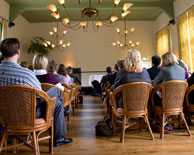
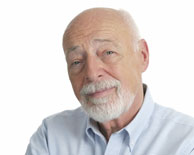

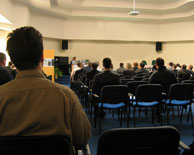
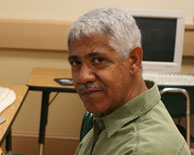
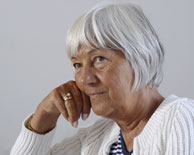
Copyright © 2004-2025 Active Minds®. All rights reserved.
